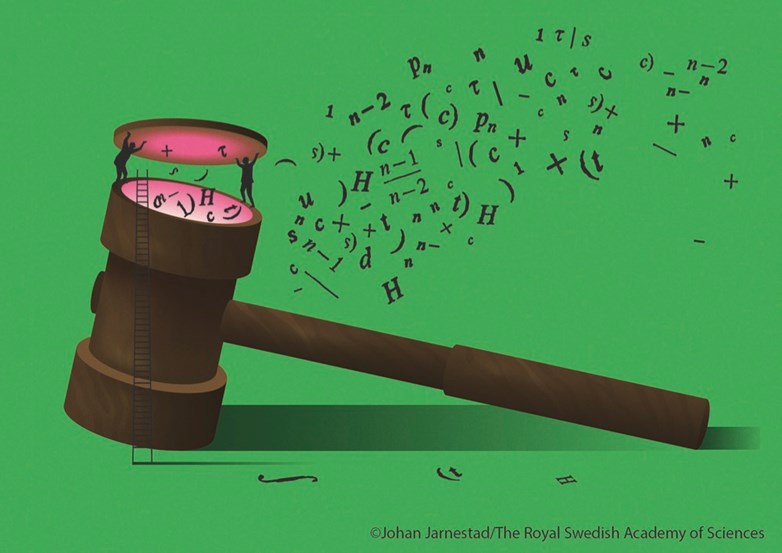Auction theory – affects more of your life than you think
“This is well-deserved and long-overdue,” says Andreea Enache, whose research focuses on structural econometrics applied to auction models. “Although auction theory might be less known to people who are not economists, the work of Professors Paul Milgrom and Robert Wilson is of utmost importance for practitioners in different aspects of our society. I would say that auctions are omnipresent in our lives and it has been so at least from the time of the Roman Empire. Sometimes we are aware of their existence, sometimes not.”
Although they might be designed differently today, auctions still serve the similar purpose, Enache explains. Many expensive or scarce goods don’t have a regular market, meaning they don’t have a set price. The auction extracts the relevant information. Different auction formats will produce different behavior from the bidders. Once you have the information you can design and run an optimal auction, tweaking it to fit your goals.
“Sometimes the objective of the auctioneer is to maximize revenue but not always,” Andreea Enache explains. “Pollution reduction and increasing bank liquidity are just a few of other objectives. Paul Milgrom and Robert Wilson conducted many breakthroughs in the field of auction theory by studying the format of the auctions. In order to reach different objectives and also to adapt to the characteristics of the market under study, different formats of auctions are needed. Given that they are so present in our everyday lives and it has a direct impact on the quality of our lives it is very important to have an optimal design of these auctions.”
Electricity prices to phone coverage
These multimillion-dollar auctions don’t just affect the large companies involved in the bidding war – they also affect prices for the end consumer. It can apply to electricity, influencing the cost of heating our homes, radio frequencies, affecting when, where and whether we will have mobile phone coverage or broadband – ultimately affecting our ability to access services and information. Not to mention emission allowances, an important tool in fighting climate change.
“Pollutions permits are not like tomatoes. You can’t go to a market and know the price automatically. The framework around them needs to be designed. And that can be through an auction. An optimal design of pollution permits would help reduce pollution. One can think about the Climate Auction Program from the World Bank,” says Andreea Enache
On an even more basic level, auctions even affect what you see on Google, a tool that many of us use on a nearly daily basis. For your ad to appear in certain searches, you enter an auction for specific words. This isn’t just based on whose bid is the highest, but on a number of factors, like how relevant and useful your ad and landing page are. Since most people never click past the first Google landing page, the results have an impact on how we perceive the world and what goods and services we buy.
"Works like a dream"
Professor Tore Ellingsen, a member of the Nobel Prize Committee, says the winners have provided us with a much deeper understanding of an age-old institution. Equally importantly, they have enabled us to solve problems that were previously too complex.
“With the knowledge we now have of how auctions work, we have been able to design proper markets for objects that were previously seen as far too complex to be able to trade efficiently. Things like radio frequencies or landing slots for planes would be given away, negotiated politically or maybe even allocated through a lottery because auctions were perceived as too complicated.”
The research also has tremendous impact on other research fields where strategic interaction is important, Ellingsen continues.
“Auctions are social interactions with extremely well-defined rules, so auction theory also became a sort of acid test for game theory. What Milgrom and Wilson have shown is that game theory works like a dream for understanding auctions. Now that we know that, we can be more comfortable using game theory to analyze other phenomena where the rules are less clear-cut.”




